Cats are expert communicators who use various methods, including body language and vocalizations, to get their points across. Cats can produce a stunning range of vocalizations, including purrs, meows, and screams, also known as yowls and caterwauls.
While purrs and meows can have several meanings depending on the situation, cat screams are almost always indications of distress, which can be either physical or linked to anxiety and stress.

What Does a Screaming Cat Sound Like?
Cat howls and yowls often start off sounding much like meows but go on for much longer and often have deep, anguished tones. Howls are essentially shorter versions of yowls. Caterwauls tend to be more like drawn-out whines. Cats often howl, yowl, or caterwaul repetitively when they produce these vocalizations.
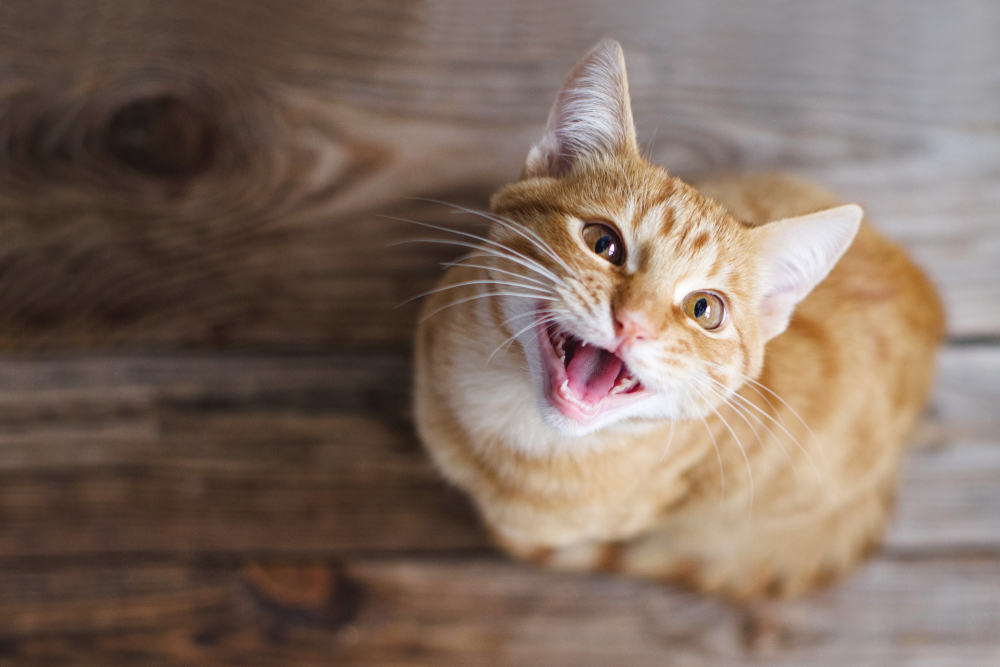
Why Do Cats Scream?
Cats generally howl, yowl, and caterwaul to indicate that something is wrong, but the vocalizations can be linked to several situations, so the first step in making things right is to determine the underlying cause.
Below, we’ll discuss some common situations that prompt cats to scream and provide links to a few examples so you can get an idea of what to look for.
1. Cognitive Dysfunction
Cats sometimes develop dementia as they age. Common signs of the condition include disorientation, confusion, difficulty following old routines and learning new ones, excessive daytime sleeping, and lots of nighttime activity. Cats with the condition may pace and meow and yowl.
Veterinarians aren’t terribly sure about the condition’s causes, but genetics may play a role in determining which cats develop it. There’s no cure for the condition, and it generally progresses over time, leading to increased impairment.
Treatment usually involves ensuring that cats have lots of exercise to keep their bodies healthy and playtime so they remain engaged and active, which can sometimes slow the condition’s march. Some respond well to medication, and veterinarians sometimes suggest dietary adjustments.
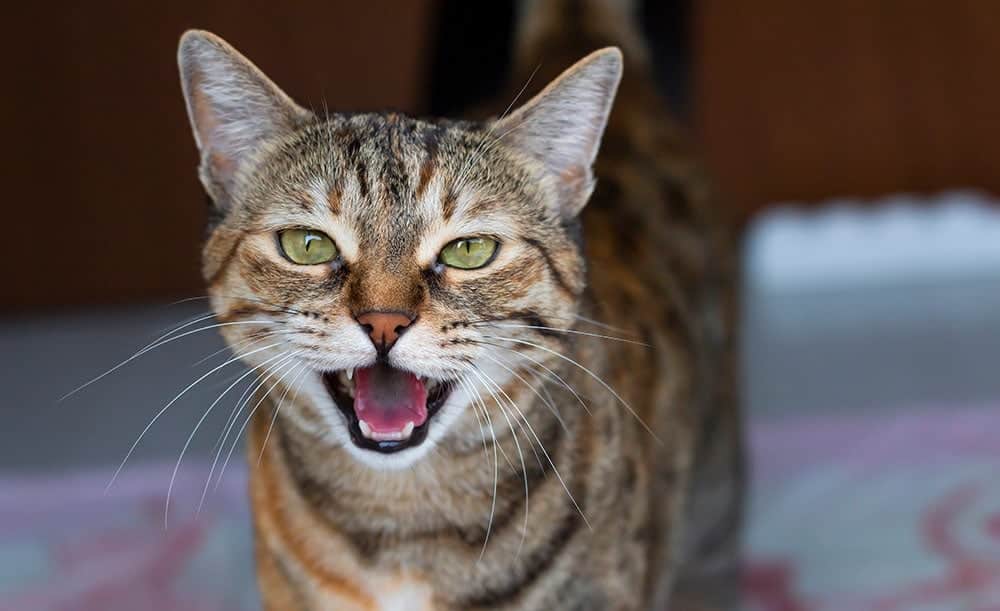
2. Separation Anxiety
Cats become attached to the people they spend lots of time around and grow to love and care about, so it should be no surprise that some can become particularly unhappy when left to fend for themselves for too long.
Separation anxiety occurs when cats have trouble dealing with intense feelings of attachment. Common signs include peeing outside the litter box, destructive behavior, excessive grooming, and lots of vocalization, as you can see in this video shared by cat expert Jackson Galaxy.
While any cat can develop the condition, female cats, singletons, and indoor pets are affected most frequently. Changes in household routines can sometimes trigger insecurity in cats, which occasionally manifests as anxiety. Treatment often involves decreasing stressful environmental conditions and behavior modification.
3. Heat
Female cats who are in heat caterwaul and yowl, like you can see in this video. Many let loose with these sounds to let their humans know of the urgency with which they would like to go outside to find mating opportunities. They also yowl to let potential partners know they’re interested in finding a mate. Cats also rely heavily on scent to communicate reproductive information to potential mates.
Feline heat cycles vary in length but tend to average about 7 days or so. Spaying generally stops hormone-related behaviors such as marking and yowling, and it can also reduce pets’ risk of developing conditions such as breast and uterine cancer.
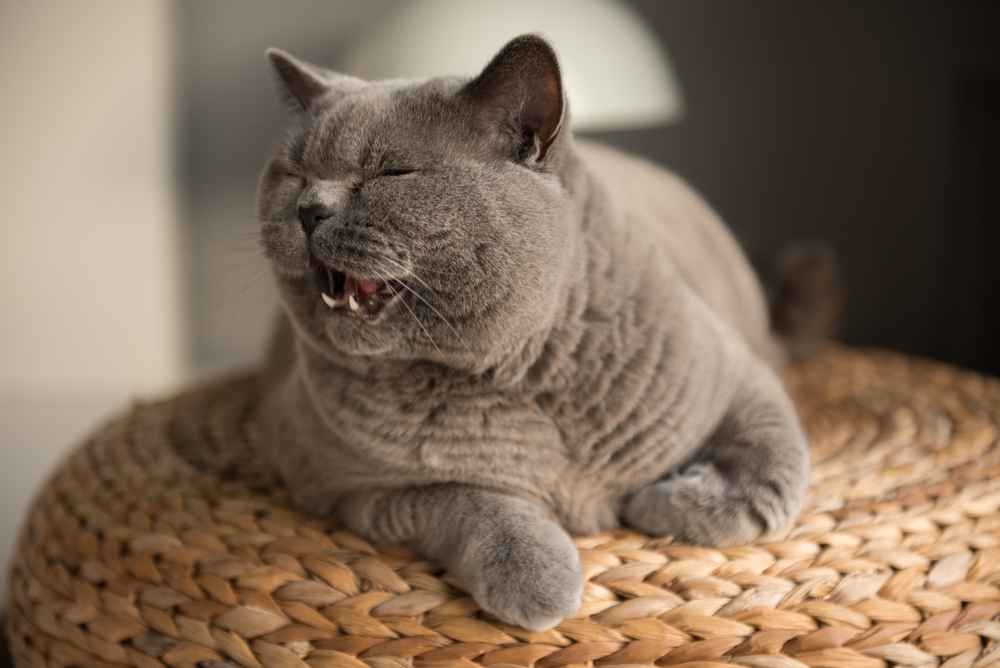
4. Aggression and Territoriality
Cats can be territorial, and howls and yowls are used to let other animals know to back off and find somewhere else to hang out. Indoor cats may yowl when they see strange animals outdoors through windows or sliding glass doors.
Many felines yowl to let the intruder know that they’re not welcome and it’s time to move on. Outdoor cats also demonstrate the behavior when an unwelcome visitor walks by, as you can see in this short clip.
Closing the shades or curtains can go a long way toward preventing indoor cats from getting worked up by neighborhood pets, and keeping them indoors is a simple way to minimize the possibility of unpleasant interactions with other cats. Neutering can also reduce aggression levels and territoriality in male cats.
5. Pain
Loud yowling can also be a sign of pain in cats. Cats suffering from joint problems yowl when their pain reaches a critical level, and their aches and pains become overwhelming. Other conditions that can cause caterwauling include kidney issues and thyroid disease.
Because cats are expert illness hiders, indications they aren’t feeling well are often subtle and frequently include behavioral changes such as eating or drinking less, alterations in bathroom habits, and increased meowing and yowling.
Veterinarians recommend having cats checked out if they start screaming, howling, caterwauling, or yowling, as the behavior can sometimes be an indication of illness.

Conclusion
Cats scream and yowl for various reasons, including when they’re in heat or when they have conflicts with other animals. It can also indicate that a cat is in pain or suffering from a medical condition such as feline dementia.
While screams and yowls can mean different things depending on the situation, they almost always signify that something is wrong and needs attention. Since yowling can sometimes be a sign of physical illness, it’s best to have cats who suddenly start doing so be seen by a veterinarian just to be on the safe side.
Featured Image Credit: Sharomka, Shutterstock

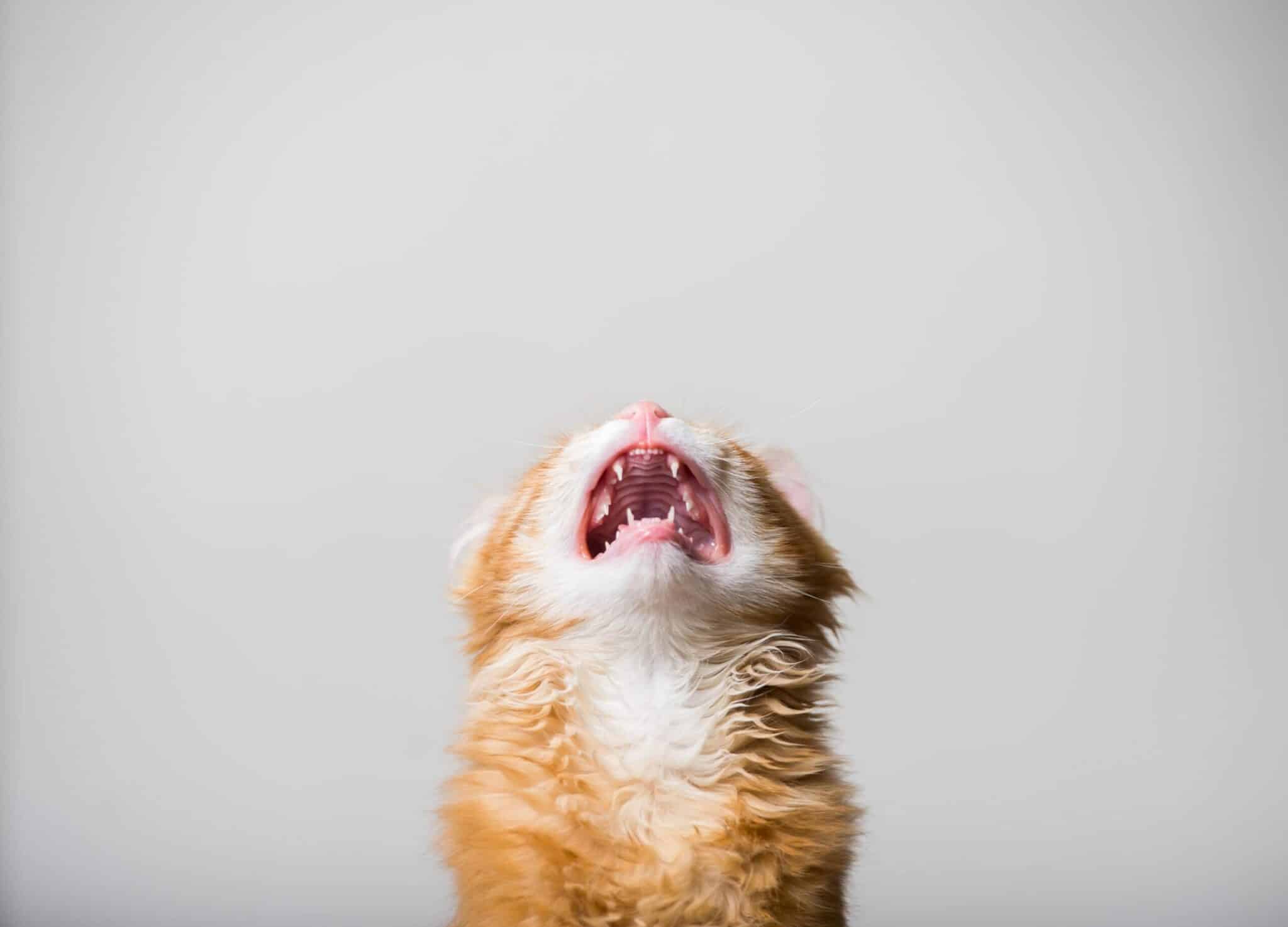
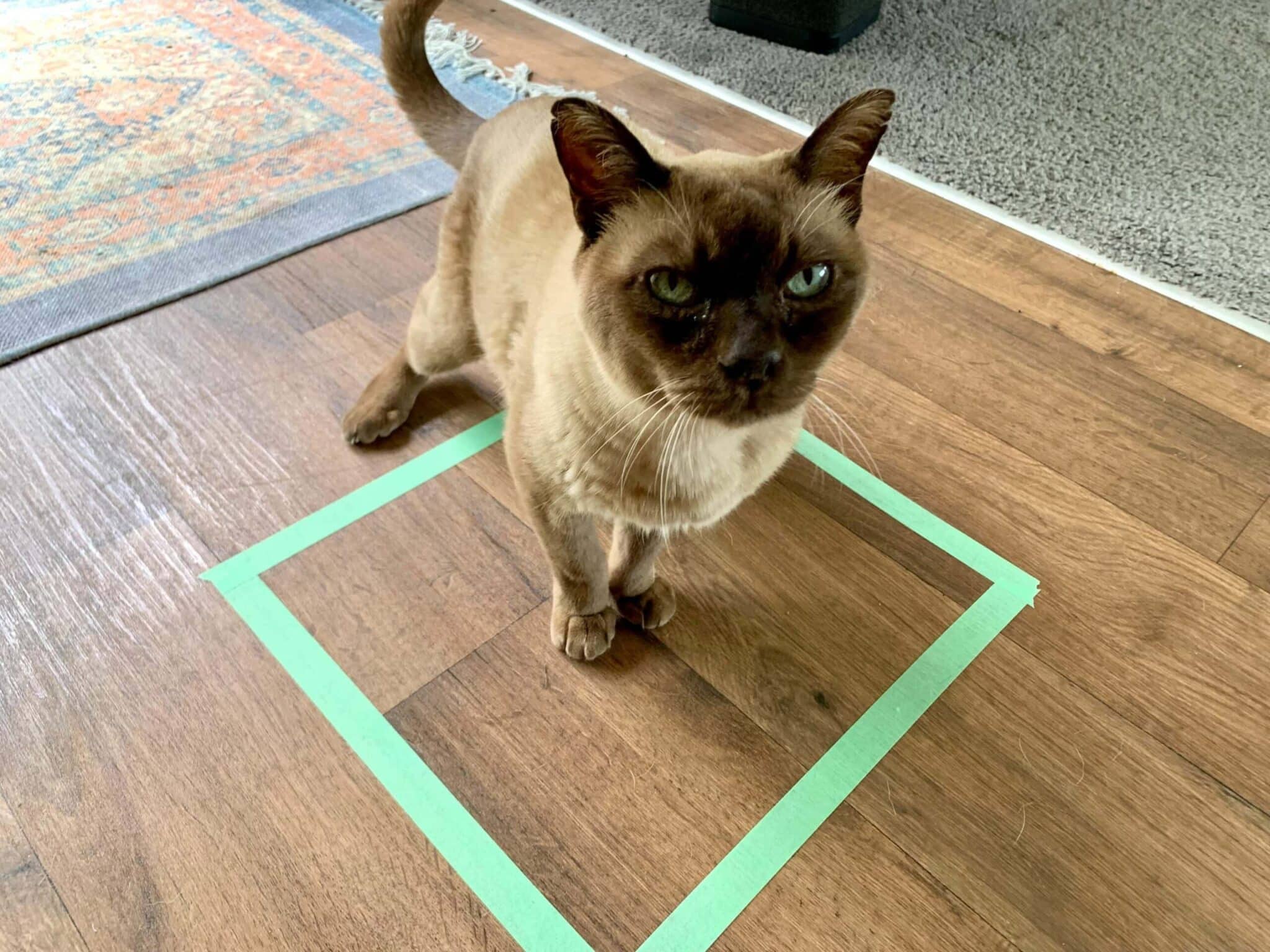
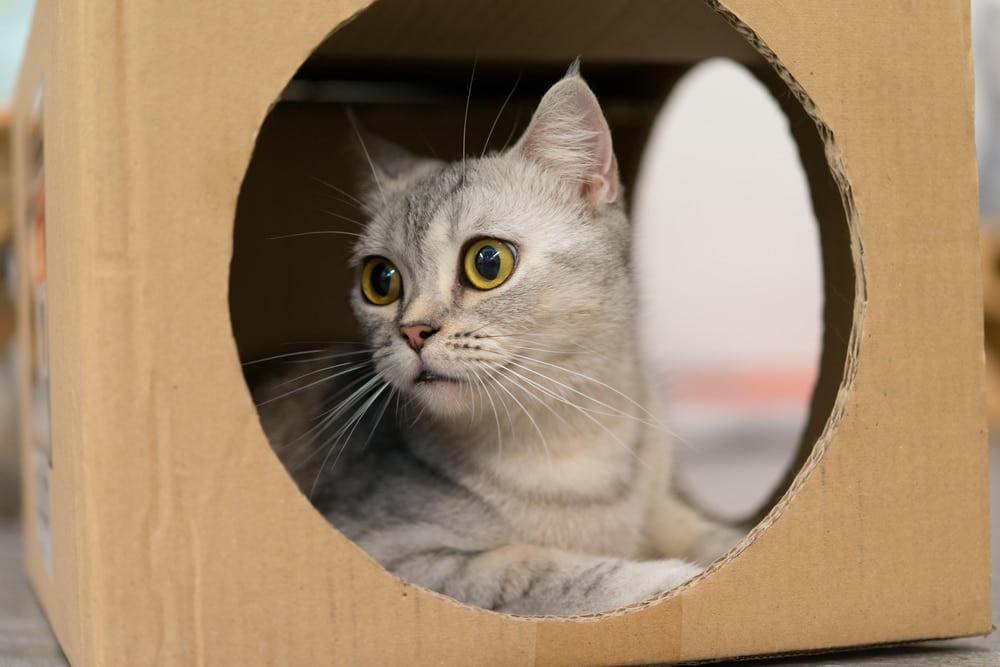
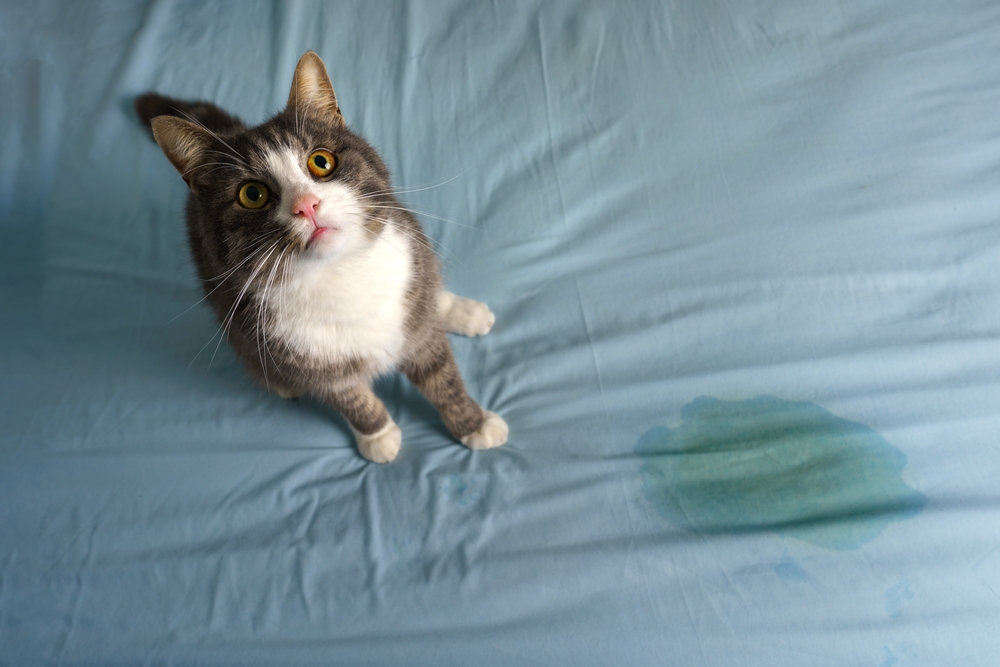



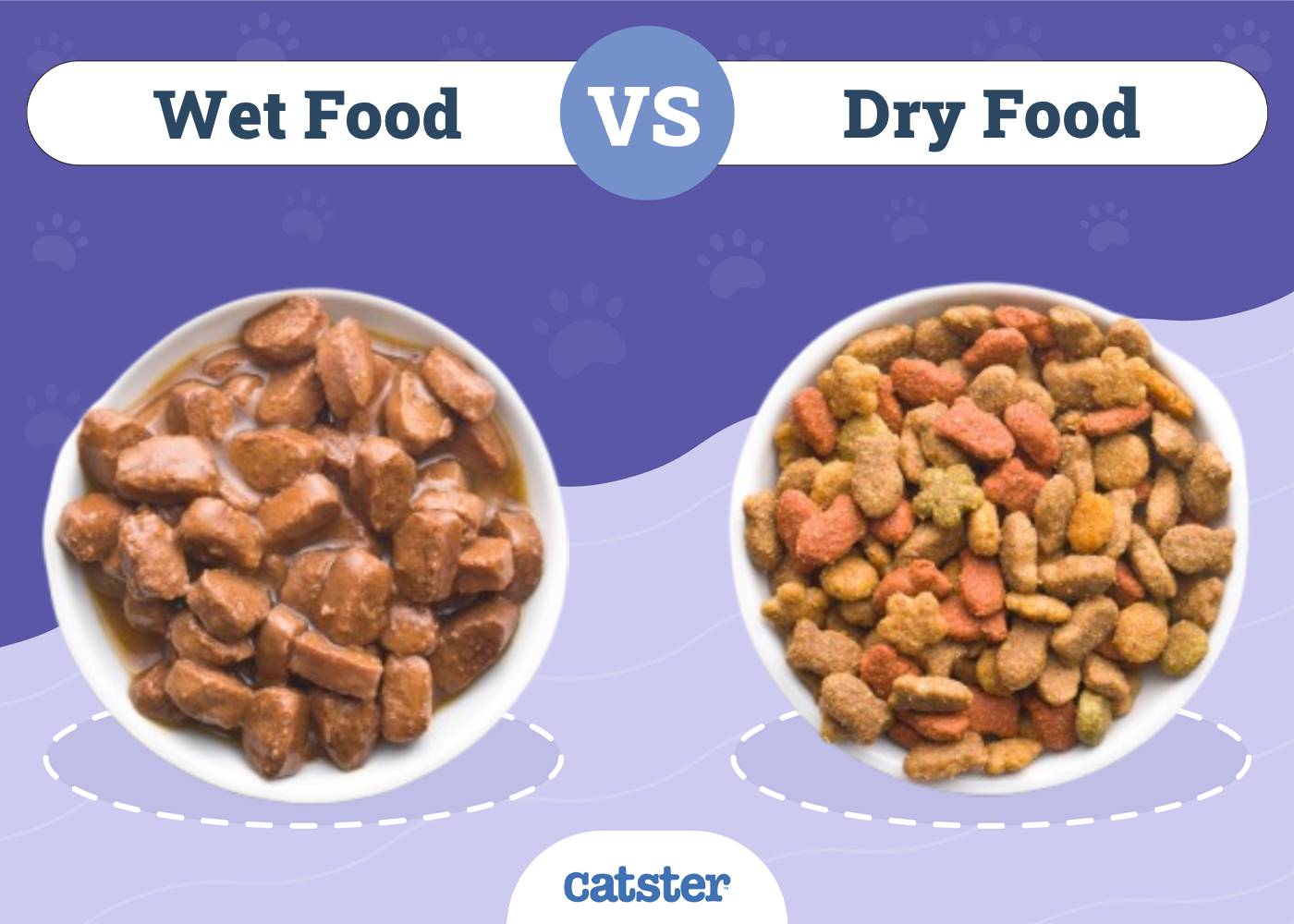
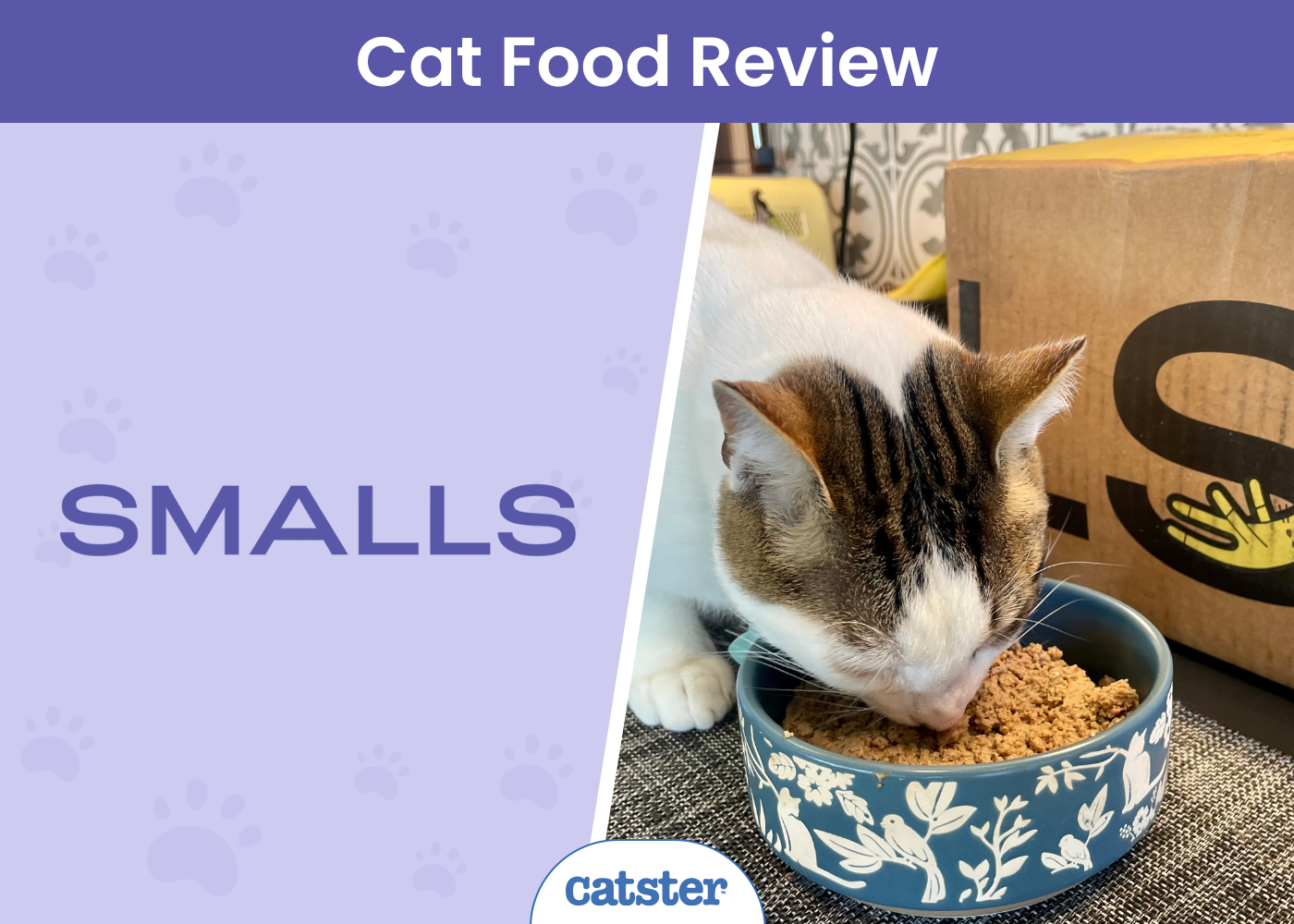

My cat is 18 yrs old and has only 3 legs. Due to cancer on her right leg it had to be removed when she was 9 yrs old. she healed well and quickly and seemed fine until last yr. She started to go outside her box and scream horribly at any given time. She also started waking up at dawn wanting to be fed. She would howl and scream until I would wake up and feed her. The past few days she has woken me up at 3am.
She also screams when she enters a different room. She eats fine and potties every day. her left side seems bigger than her right side, but I thought it might be because of the way she walks compensating for her lost right leg. I don't know but she seems to get worse by the day.
Hi Maria Hope Peters, by the signs you describe please get your cat checked by a veterinarian before her condition worsens. If you need a vet opinion to help you determine the urgency of the situation you can contact www.pangovet.com.
My cat has just started yowling at nothing. I’m thinking he may be in pain, however he is a difficult cat to take to the vet. Last time the vet had to sedate him just to do an exam.
Hi Debi, try booking an online vet consultation at www.pangovet.com. They will help you address the issue and determine the best course of action.
My cat is just getting over having pancreatitis. The vet and techs told me that while putting in the IV and working with him, he let out a scream that set off the vets apple watch! OMG! That's loud!
Btw, he's much better now. Thank you God! Thank you vets & techs
Woah that would have been quite shocking to hear! Vets and vet techs are amazing, literally life savers :) Happy to hear your cat is recovering, and hopefully has no more screams!